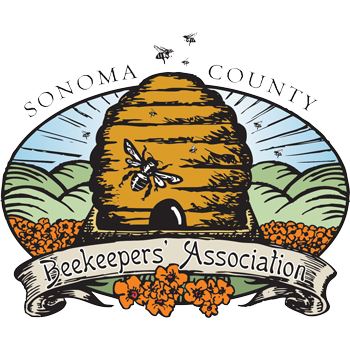sonoma county beekeepers association |
🔹 1. Similar
Characteristics and Intensity
Finding: The use must have characteristics and activities similar to listed uses and not involve greater intensity.
✅ Beekeeping is similar in intensity to listed residential and agricultural activities, such as:
- Gardening, composting, and small-scale food production, which are low-impact and commonly allowed in residential zones.
- Beekeeping involves small physical structures (hives), infrequent maintenance, and no noise, odor, or traffic impacts exceeding normal residential uses.
- Like composting and vegetable gardening, beekeeping contributes to home sustainability without increasing density or infrastructure demands.
🔹 2. Consistency with
Zoning District Purpose
Finding: The use must align with the purposes of the zoning district.
✅ In residential and mixed-use areas, the Zoning Code emphasizes livability, sustainability, and neighborhood character. Beekeeping supports these goals by:
- Enhancing urban greening and environmental stewardship.
- Promoting local food systems through pollination of backyard gardens, community gardens, and fruit trees.
- Aligning with community-based, educational, and ecologically beneficial activities already supported by zoning goals.
🔹 3. Consistency with the
General Plan
Finding: The use must be consistent with the General Plan and specific plans.
✅ The Santa Rosa General Plan promotes:
- Sustainability, resilience, and climate adaptation.
- Pollinator support and urban agriculture as part of green infrastructure.
- Environmental education and biodiversity protection.
Honey bees directly contribute by:
- Increasing biodiversity through pollination.
- Supporting local food security and environmental awareness.
- Aligning with goals to reduce pesticide use and promote nature-based solutions.
🔹 4. Compatibility with
Other Uses
Finding: The use must be compatible with other allowed uses in the district.
✅ Honey bees:
- Do not generate noise, odor, or visual blight.
- Are non-invasive when responsibly managed.
- Enhance surrounding landscaping and gardens by boosting plant health and productivity.
Responsible urban beekeeping, guided by best management practices, ensures compatibility with neighbors and pets.
🔹 5. Not Listed in
Another Zoning District
Finding: The use must not be allowed only in another zoning district.
✅ The Zoning Code does not list beekeeping as a use allowed only in agricultural or rural zones, nor does it explicitly prohibit it elsewhere. This means:
- Beekeeping is not confined to farmland.
- Its omission as a listed use invites a reasonable interpretation under the “similar and compatible use” clause.
✅ Conclusion
Beekeeping meets all five criteria for a “similar and compatible use” under Santa Rosa's Zoning Code. Its ecological value, educational potential, and compatibility with existing residential activities make it a fitting land use that supports city-wide sustainability and biodiversity goals—without needing to change the Code itself.
